Foxwood Lane (12 & 14), Gale Lane (20) and Hamilton Drive (16A) links could be lost
 The Council is organising “drop in” sessions at which the scale of the cuts that they plan to local bus services will be revealed.
The Council is organising “drop in” sessions at which the scale of the cuts that they plan to local bus services will be revealed.
The Council has decided to cut £350,000 from its public transport support budget so dramatic changes can be anticipated.
The Council says that members of the public will have the opportunity to give their views on the services proposed for withdrawal or alteration between Monday 11 April and Friday 6 May, either by emailing buses@york.gov.uk or through drop-in sessions (“details to be announced nearer the time”).
The Council claims that public feedback will be considered as part of a report which will be taken to an Executive Member Transport and Planning public meeting on Thursday 19 May.
A final decision on the services to be withdrawn or altered will be taken at this meeting and it is anticipated that the changes will take effect from Sunday 28 August.
The services which the council currently subsidises and which may be altered, reduced or withdrawn are:
• Monday to Saturday daytime services: 12, 19, 20, 27, 36, 627, 637 and 647
• Evening services: 10, 11, 14, 18
• Sunday services: 11, 12, 13, 14,16a and 19
For existing timetables click here
So far the Council has not released details of alternative provision. As a minimum, residents who depend on the bus service to get around will expect Dial and Ride services to be expanded. There is also likely to be a call for the option, for pensioners to be able to choose transport tokens (instead of a bus pass), to be reintroduced. The tokens can be used to pay taxi fares.
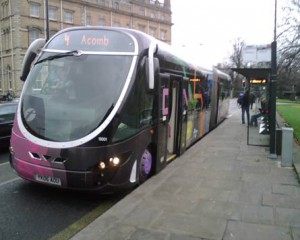
ftr bus in York
Eighty per cent of bus services are commercial in York and are not subsidised by the council. Local authorities across the country have the discretion to provide financial support for local bus services where the commercial bus market does not provide such services, but it is not a statutory duty.
Bus usage in York has increased during recent years following a slump when the last Labour Council pulled out of public transport modernisation plans like the ftr “superbus” project.
The Council has consistently refused to publish weekly reliability stats for bus services in the city
To find out more about the bus travel in York visit www.itravelyork.info


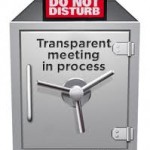 The York Council has appointed a new travel agent. They have gained a contract expected to be worth around £100,000 a year. They will deal with the Councils rail, hotel and “air” travel requirements.
The York Council has appointed a new travel agent. They have gained a contract expected to be worth around £100,000 a year. They will deal with the Councils rail, hotel and “air” travel requirements.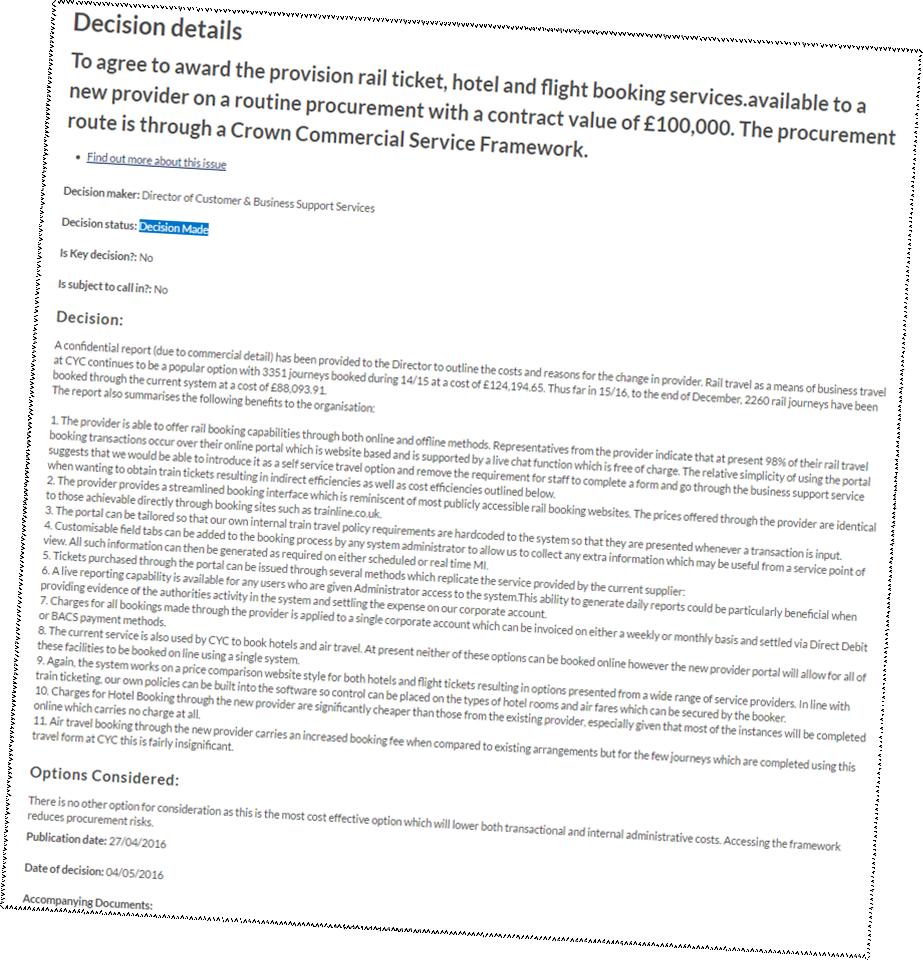



 The report on plans to devolve responsibility for economic development activities, in the
The report on plans to devolve responsibility for economic development activities, in the  The Council is organising “drop in” sessions at which the scale of the cuts that they plan to local bus services will be revealed.
The Council is organising “drop in” sessions at which the scale of the cuts that they plan to local bus services will be revealed.
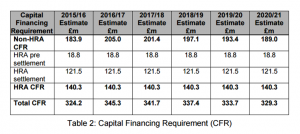
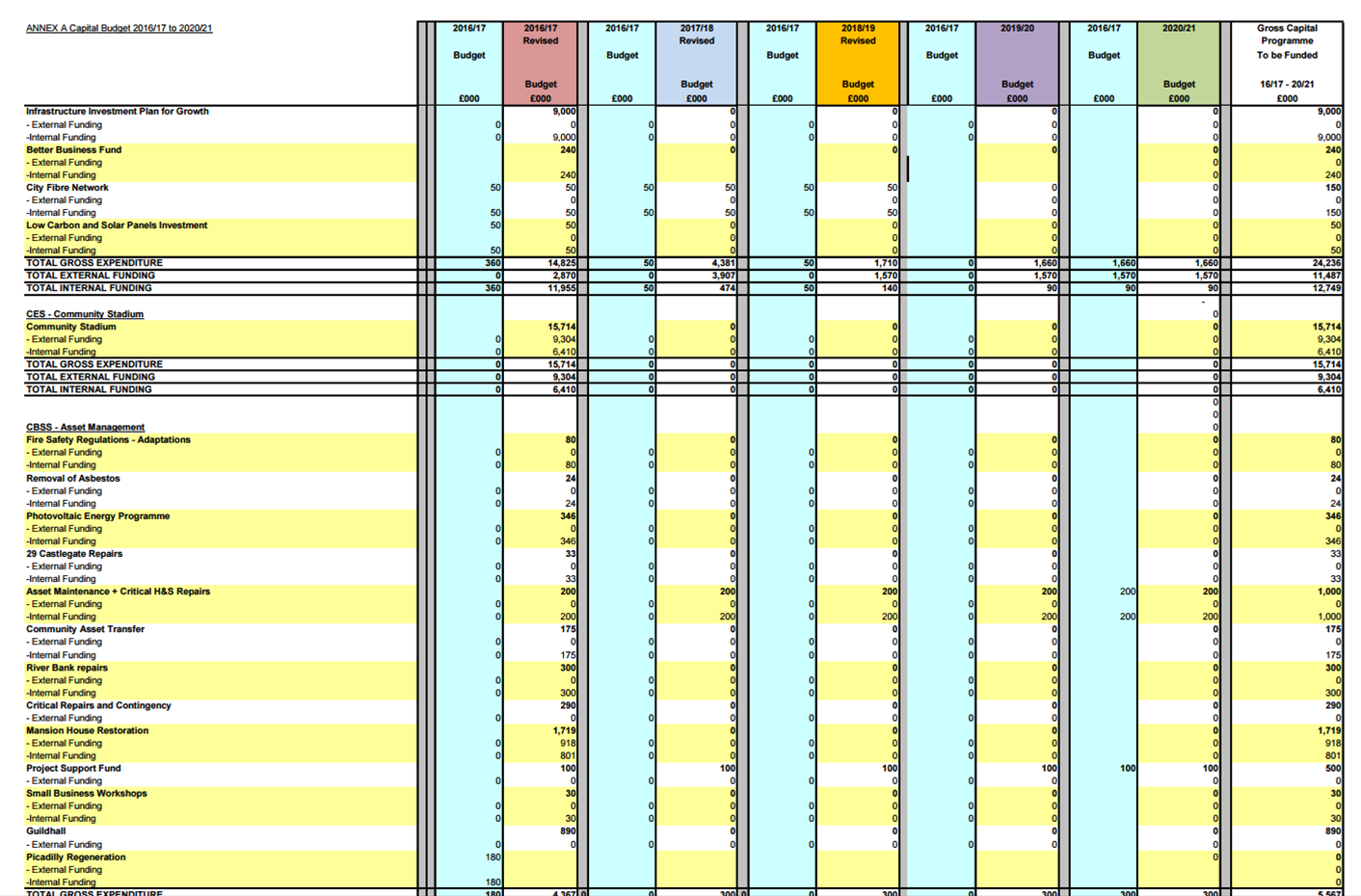
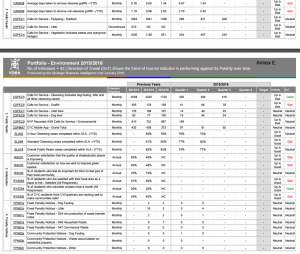
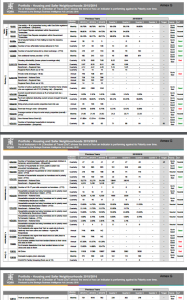


 York seems likely to be without a permanent replacement for its Chief Executive for at least another 6 months.
York seems likely to be without a permanent replacement for its Chief Executive for at least another 6 months.